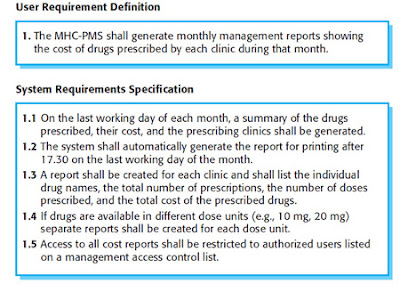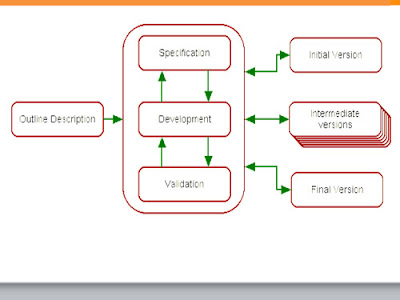What is Requirement Engineering

What is Requirement? Ans: It may range from a high-level abstract statement of a service or of a system constraint to a detailed mathematical functional specification. Its Begin from Communication and continues into the modelling. What is Requirement Engineering? The process of establishing the services that the customer requires from a system and the constraintunder which it operates and is developed. Requirement reflects the needs of customer for a system that serves a certain purpose such as controlling a device, placing an command or finding information. The process of finding out, analyzing, documenting and checking these services and constrains is called requirement engineering (RE). Bridge to design and construction. Example of Types of Requirement











